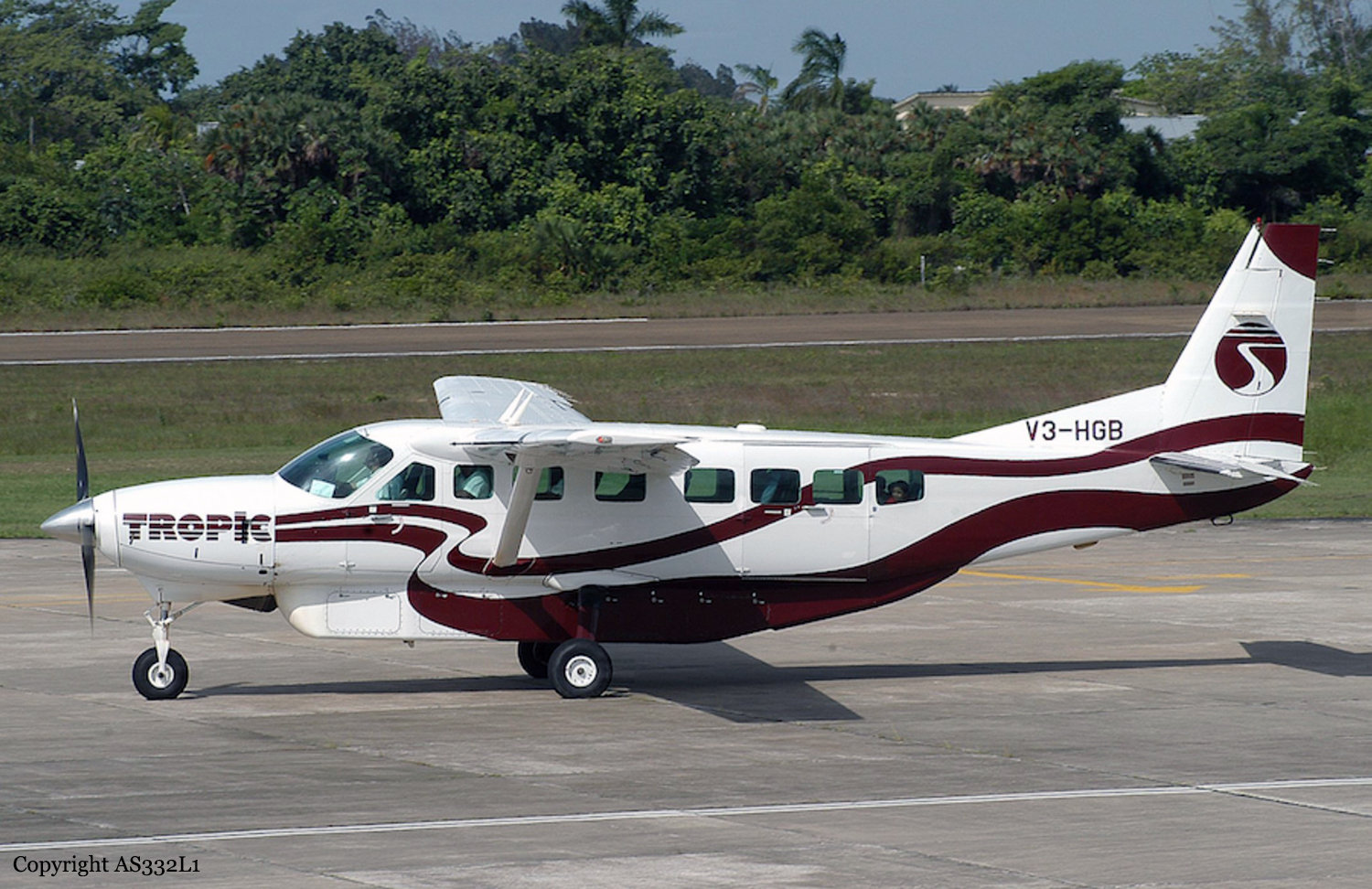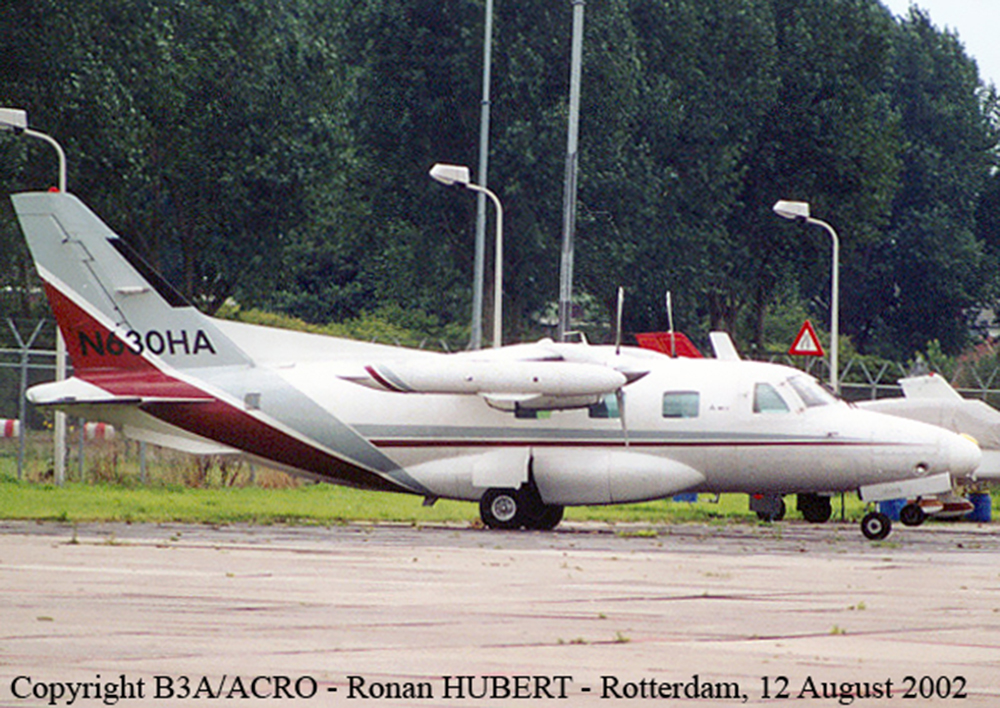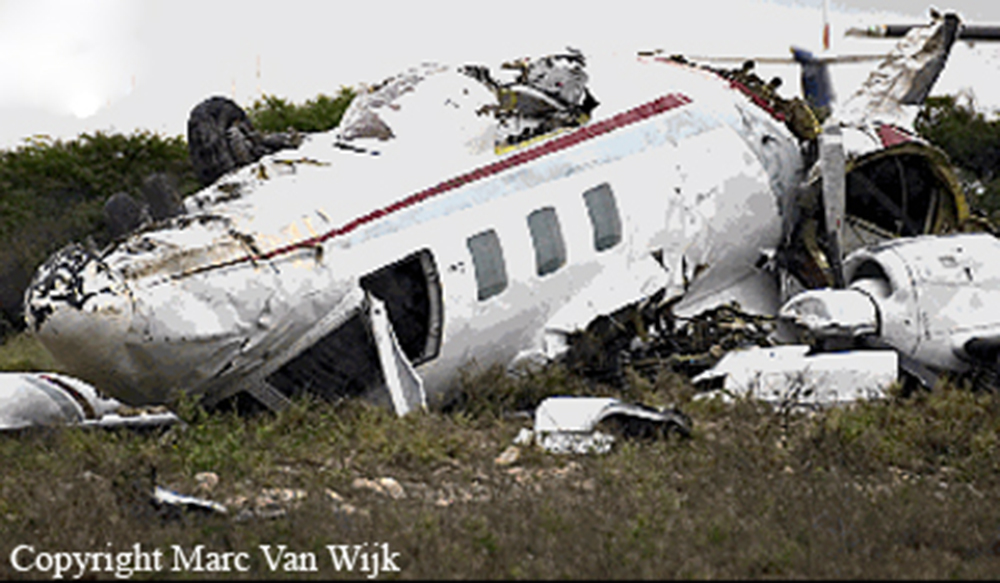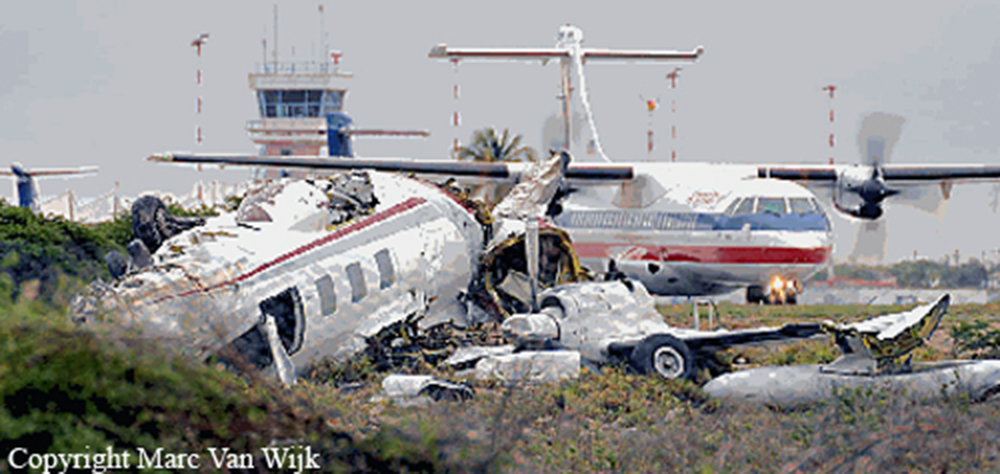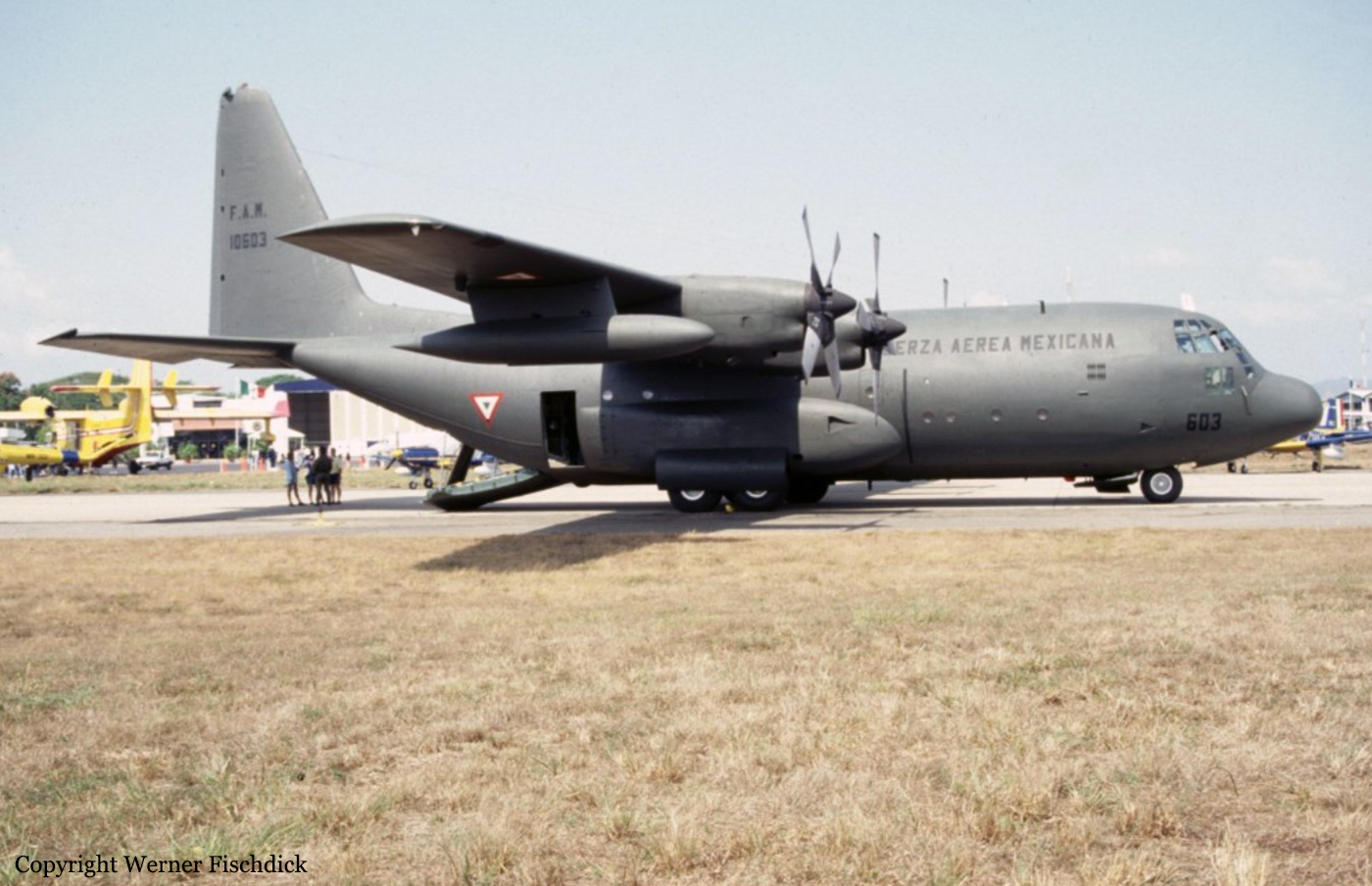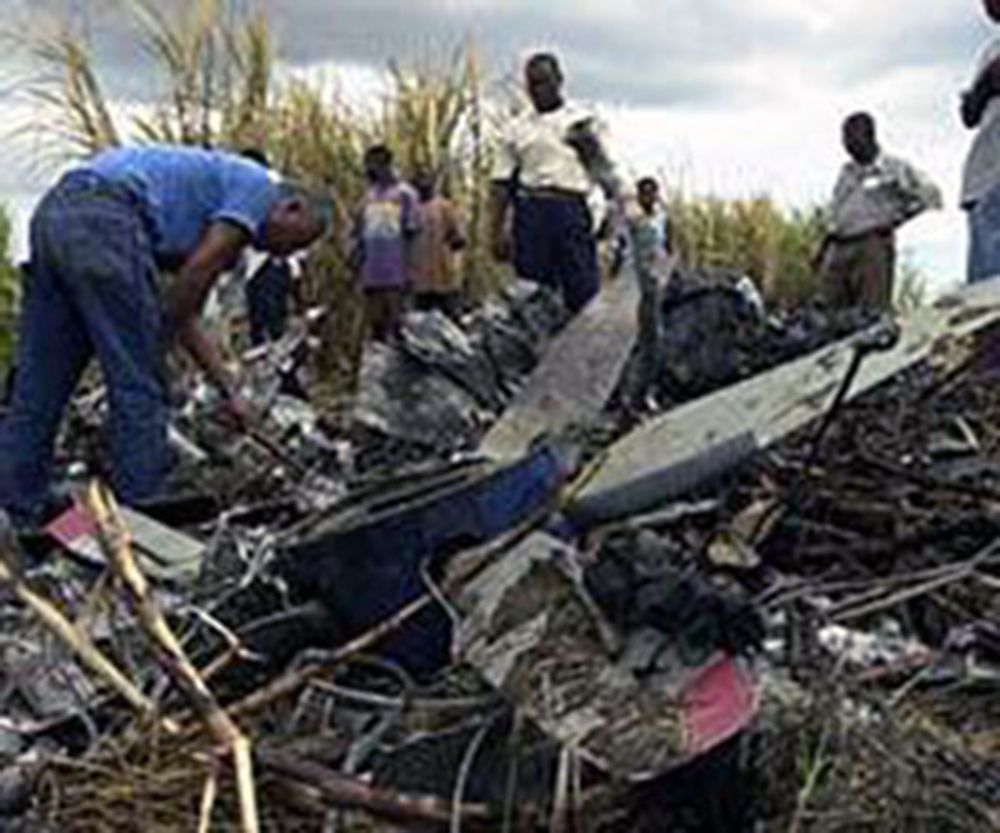Crash of a Cessna 208B Grand Caravan off Punta Gorda
Date & Time:
Mar 20, 2004 at 1159 LT
Registration:
V3-HGB
Survivors:
Yes
Schedule:
Punta Gorda – Placencia
MSN:
208B-0871
YOM:
2000
Crew on board:
1
Crew fatalities:
Pax on board:
0
Pax fatalities:
Other fatalities:
Total fatalities:
0
Circumstances:
Five minutes after takeoff from Punta Gorda, while cruising at an altitude of 1,500 feet, the pilot informed ATC about engine problem. He elected to return to the airport but as he was unable to maintain the altitude, he attempted to ditch the aircraft 3 km offshore. The pilot was rescued while the aircraft sank and was lost.
